Test Bank For Big History Between Nothing and Everything 1st Edition By david Christian
Chapter 01: The Universe, Stars, and New Chemical Elements
True/False
- At the end of the nineteenth century, Henrietta Leavitt studied a special type of star whose brightnessseems to vary in a regular pattern. These were known asCepheid variables.
Answer: True
Page: 16
Explanation: At the end of the nineteenthcentury Henrietta Leavitt, an American astronomer,studied a special type of star whose brightnessseems to vary in a regular pattern. These were known asCepheid variables, after the constellation of Cepheus inwhich they were first detected.
2.Red-shifted objects were those remote objects in the universe that seemed to be moving toward the Earth.
Answer: False
Page: 17
Explanation: Mostremote objects in the universe seemed to be red-shifted.In other words, they seemed to be moving away from theEarth.
- The big bang theory had no explanation for the source of cosmic background radiation (CBR). The steady state theory, however, predicted it.
Answer: False
Page: 20
Explanation: The steady state theory had no way of explaining the source of CBR.Butthe big bang theory predicted it.
- The process by which protons smashtogether to form helium nuclei is known as fission.
Answer: False
Page: 23
Explanation: The process by which protons smashtogether to form helium nuclei is known as fusion. As protonsfuse, a tiny amount of their matter is converted into alot of energy.
- The Hertzprung–Russell (H–R) diagram is a graph that plots the real brightness ofeach star against its surface temperature.
Answer: True
Page: 26
Explanation: In 1910, a Danish astronomer,Ejnar Hertzsprung, and an American astronomer, HenryRussell, found a way of distilling the rapidly accumulatinginformation about stars in a way that began to explaina lot about the life cycles of stars. They assembledinformation about many different stars into a simplegraph. On one axis they plotted the real brightness ofeach star; and on the other theyshowed its surface temperature. The graph they produced isknown as a Hertzprung–Russell (H–R) diagram.

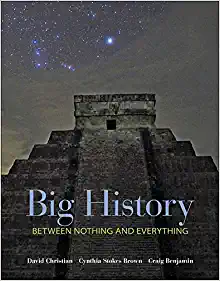
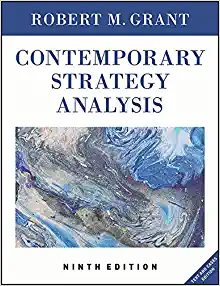
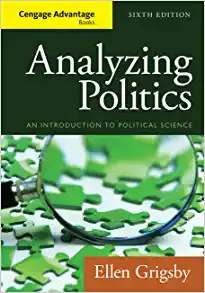
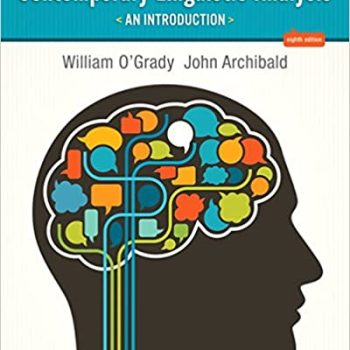

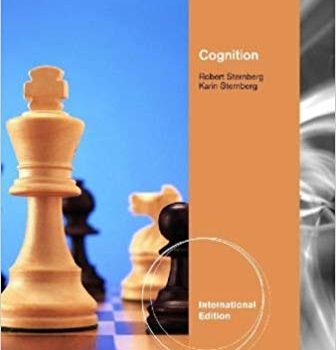

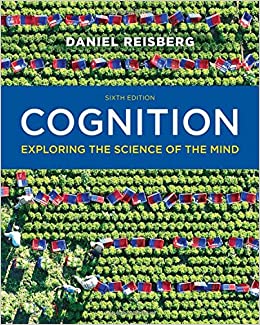
Reviews
There are no reviews yet.